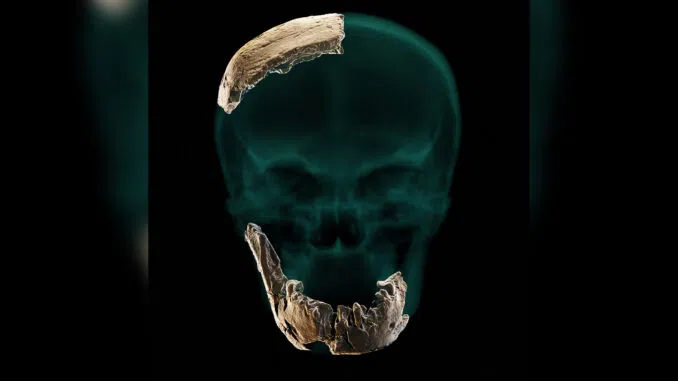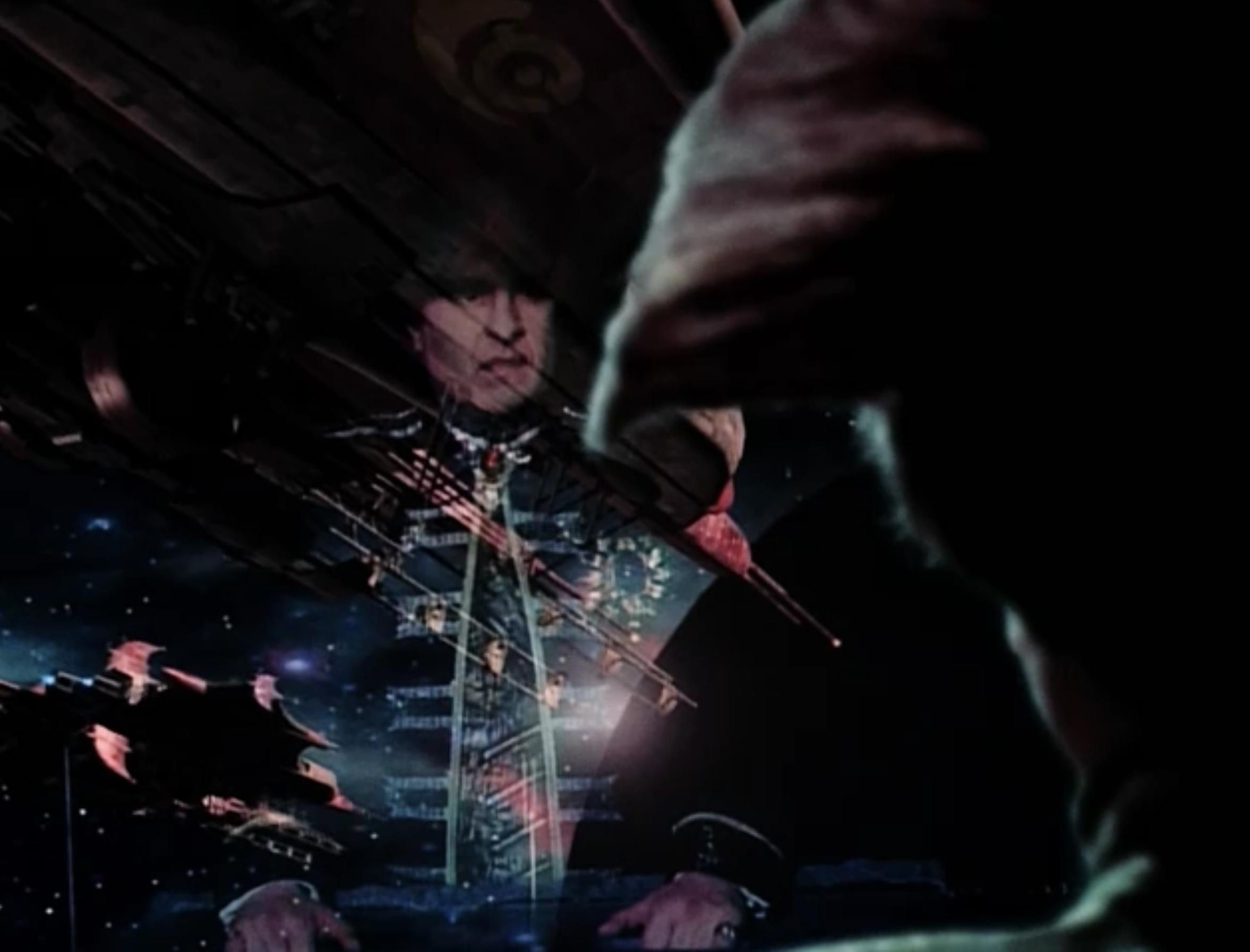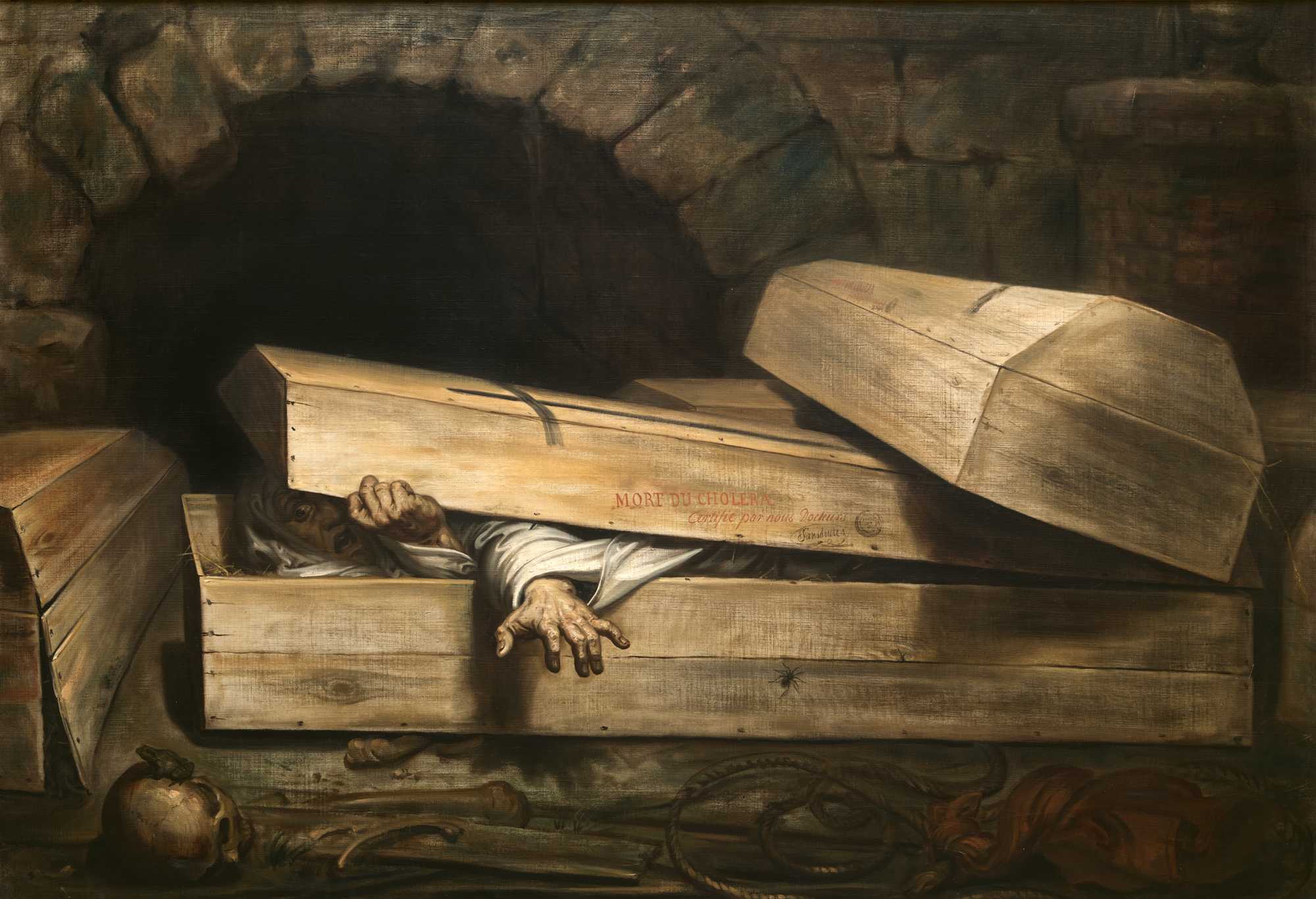In a remarkable revelation that has captured the attention of the scientific community, researchers believe they may have stumbled upon evidence of a novel human species, marking a significant milestone in our understanding of human evolution.
A Glimpse into the Past: Unveiling the Enigmatic Hip Bone
Anthropologists in France have recently unearthed a momentous discovery – a 45,000-year-old hip bone, delicately preserved, belonging to an infant. This remarkable find has left experts intrigued and perplexed, as meticulous analysis has suggested that this hip bone is distinct from both Neanderthals and Homo sapiens, the two prominent species that have long been the focus of evolutionary studies.
Coexistence Beyond Imagination: A Fascinating Revelation
The hip bone was uncovered in the enigmatic depths of the Grotte du Renne cave, nestled alongside the remains of eleven Neanderthals. What adds another layer of intrigue is that this cave was later inhabited by anatomically modern humans (AMHs), implying a coexistence that challenges our existing understanding of the past.
A Pioneering Comparative Analysis
Upon careful examination, the artifact was meticulously compared against a set of two Neanderthal and thirty-two modern baby bones. The results were both astonishing and thought-provoking. While the hip bone’s shape differed from both Neanderthals and modern humans, it exhibited a subtle resemblance to the anatomically modern human lineage.
Unlocking the Enigma: A Window into the Past
The researchers propose a groundbreaking explanation for this phenomenon. They suggest that the distinctive morphology of the hip bone could be attributed to an early lineage of modern humans, one that bears slight variations from the present-day human form. This revelation, documented in a study published in the prestigious journal Nature, offers a tantalizing glimpse into the complexity of our evolutionary journey.
Echoes from Ancient China: An Intriguing Parallel
Coincidentally, a parallel revelation has emerged from the far reaches of China. A fossilized skull, originating from Hualongdong and estimated to be up to 300,000 years old, has mystified experts with its distinctive features. Notably, these features diverge from the lineages that ultimately gave rise to Neanderthals, Denisovans, and modern humans.
Piecing Together the Puzzle: A Missing Link?
This unprecedented discovery has ignited a flurry of speculation within the scientific community. The unique facial attributes of the ancient skull point to the possibility of an undiscovered branch in the intricate tapestry of human ancestry, a branch that has remained elusive until now.
Unveiling a Timeline: The Dance of Neanderthals and Modern Humans
The emergence of anatomically modern humans in Western Europe approximately 42,000 years ago ushered in a transformative era. Curiously, this milestone occurred a full 2,000 years before the extinction of the Neanderthals. The Grotte du Renne cave, a witness to this epochal shift, unveiled evidence suggesting that Neanderthals had begun to adopt facets of modern behavior even before encountering modern humans.
A Time Capsule of Coexistence: Insights from the Depths
Layers of sediment within the Grotte du Renne cave provide an invaluable temporal roadmap of the coexistence of these two species. The intricate dance of Neanderthals and modern humans is meticulously recorded within these geological strata. Notably, a pivotal juncture is embodied in the discovery of the infant’s pelvic bone, which is uniquely situated amidst the remnants of eleven Neanderthals.
A Glimpse into Ancient Craftsmanship: The Châtelperronian Era
The Châtelperronian era stands as a testament to the evolutionary milestones of our ancestors. Characterized by the emergence of stone tools and flint knives, this era witnessed a pivotal turning point in the trajectory of Neanderthal evolution. Although some scholars speculate that these innovations were forged by early humans, the significance of this period remains an area of active inquiry.
Unraveling the Curvature: A Tale of Pelvic Bones
One of the most compelling revelations lies in the meticulous examination of the infant’s pelvic bone. Its curvature, distinct from immature Neanderthal bones, exhibits a nuanced alignment with the pelvic bone of anatomically modern humans. This intriguing overlap, as deduced by the research team, potentially hints at a shared variability in iliac curvature between Neanderthals and Homo sapiens.
A Symphony of Coexistence: The Transition Unveiled
A fascinating narrative unfolds as we explore the implications of this discovery. The infant, in all likelihood, represents a member of the anatomically modern human population that existed alongside the last Neanderthals during a transformative juncture. The nuances of this coexistence, preserved within the delicate contours of the pelvic bone, offer a glimpse into the intricate tapestry of our evolutionary past.
In conclusion, the unearthing of this enigmatic hip bone and the parallel revelations from distant China have illuminated previously uncharted avenues in our understanding of human evolution. As scientists meticulously piece together the puzzle, the intricate interplay between Neanderthals and modern humans comes to life, reshaping our perception of the past and fueling a fervent quest for further exploration. This chapter in our collective history reminds us that the journey of discovery is far from over, and the story of our origins continues to be written with each remarkable find.










